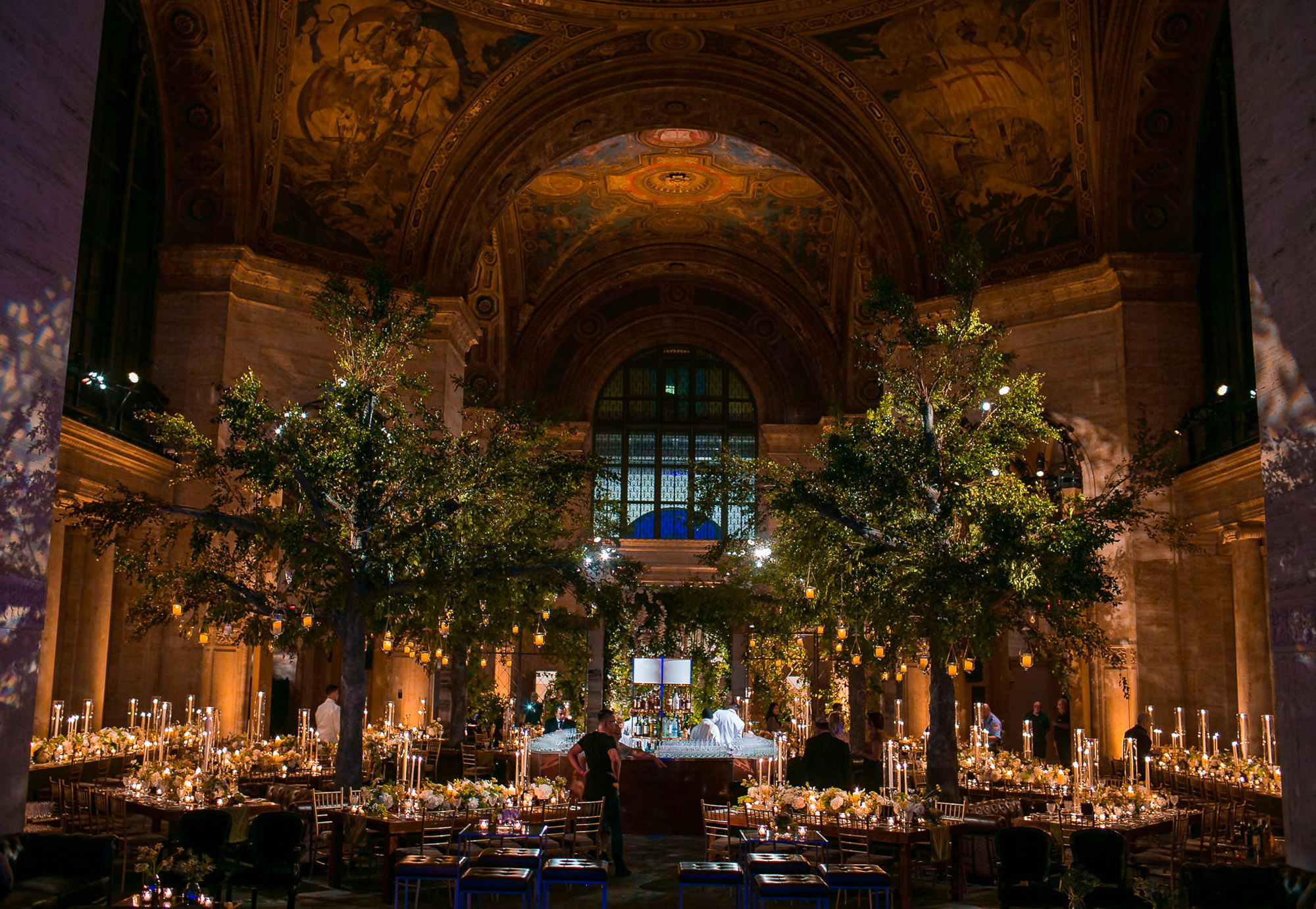Mastering the Art of Flawless Video Projection on Curved Screens for Breathtaking Graphic Experiences
Mastering the Art of Flawless Video Projection on Curved Screens for Breathtaking Graphic Experiences
Blog Article
Video projection is an innovative technology that enables images and videos to be displayed onto areas, creating stunning aesthetic experiences. When it comes to curved areas, perfecting this craft can be a bit more challenging than casting onto flat planes. Rounded surfaces can encompass various elements from the facades of structures to art pieces and even platforms. Understanding how to efficiently map videos onto these shapes is crucial for creators, designers, and occasion organizers who want to create engaging environments that captivate viewers.
The initial step in footage projection on curved surfaces is to understand the shape of the surface. Curved areas can be intricate, with different degrees of bend. To achieve a smooth display, it is important to create a 3D model of the area. This representation helps in visualizing how the video will look when cast. Applications tools are accessible that permit users to create these models and mimic the display. By precisely mapping the dimensions and shapes of the area, creators can ensure that the video matches perfectly without distortion.
Once the 3D representation is prepared, the next phase is to edit the footage material. This includes editing the video to fit the particular form and dimensions of the rounded surface. It is crucial to consider the angles and sightlines from which the audience will observe the display. The material should be crafted to improve the visual experience, making it captivating and pertinent to the concept of the Get More Information event or installation. Using high-quality visuals and motion graphics can significantly improve the total effect of the projection.
After preparing the material, the actual projection process begins. This includes placing up the devices at the appropriate positions and spaces to guarantee that the footage matches with the 3D model. Calibration is a crucial part of this process. It may necessitate modifying the brightness, differentiation, and sharpness of the projectors to achieve the optimal results. Additionally, using multiple projectors may be necessary to cover bigger or more intricate surfaces. This technique, known as seamless projection, helps create a seamless image across the entire surface.
Finally, testing the display is essential before the conclusive show. This allows designers to make any required adjustments to the video and device configurations. It is also an opportunity to see how the viewers will perceive the projection from different viewpoints. By confirming that the footage mapping is flawless, designers can deliver a stunning aesthetic encounter that leaves a memorable impression. Mastering footage projection on curved surfaces not only improves artistic output but also creates new possibilities for storytelling and viewer engagement in various environments.